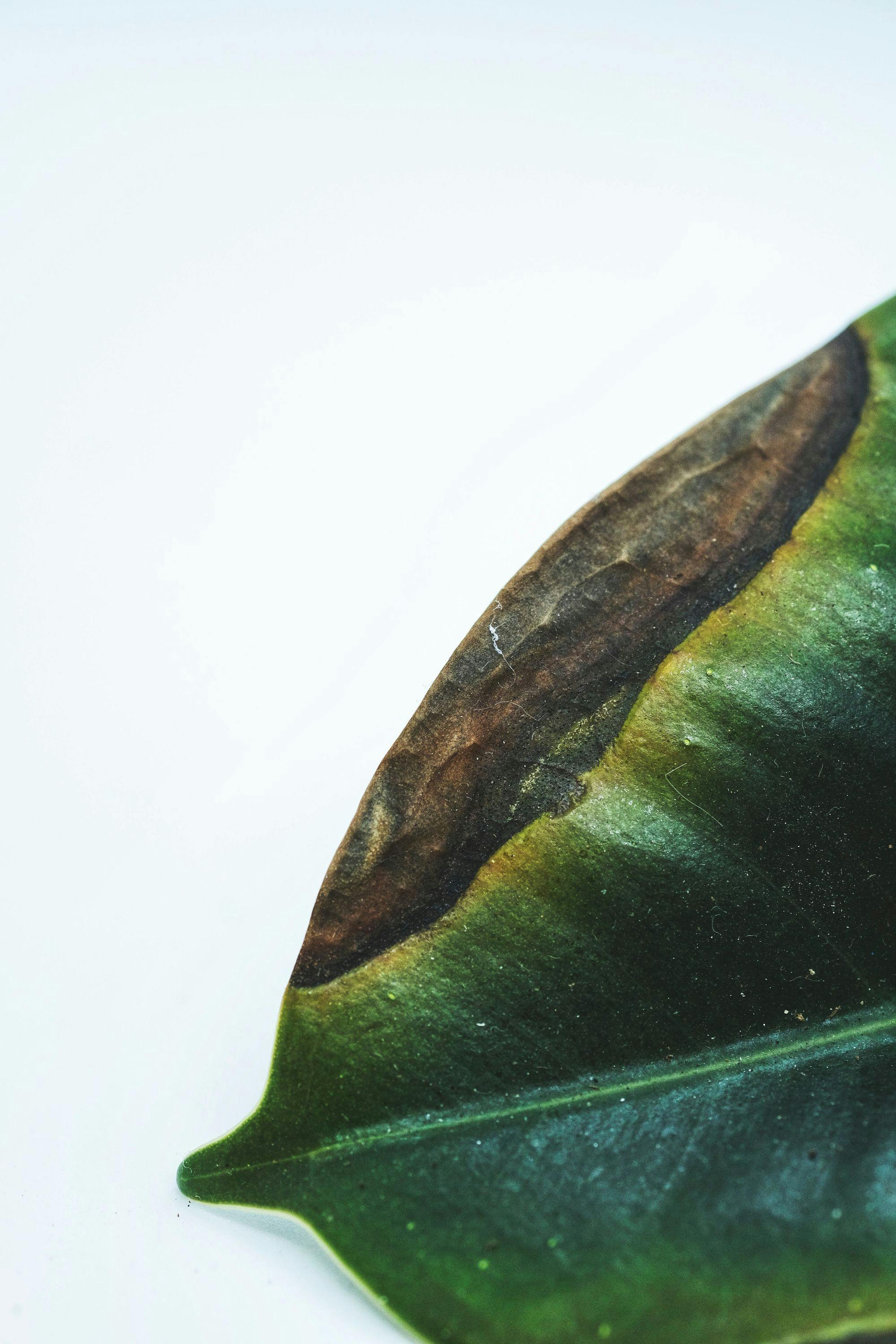Spider mites are tiny pests that can wreak havoc on your beloved houseplants. These minuscule creatures, despite their size, can cause significant damage to leaves and weaken the overall health of your plants. Fortunately, with a little knowledge and proactive measures, you can effectively get rid of spider mites and restore your plants' vitality. In this step-by-step guide, we will walk you through the process of eliminating spider mites from your houseplants.
Step 1: Identify the Problem:
First and foremost, it's important to confirm whether your houseplants are indeed infested with spider mites. Look for telltale signs such as fine webbing, stippled or yellowing leaves, tiny black or red specks (the mites themselves), or plant discoloration. Inspect the undersides of leaves where spider mites tend to hide.
Step 2: Isolate Infested Plants:
To prevent the mites from spreading to other healthy plants, isolate any infested plants. Place them away from other houseplants until the issue is resolved. This step is crucial to minimize the risk of a full-blown infestation.
Step 3: Gentle Wash:
Gently washing your plants is an effective initial step to remove spider mites. Take the infested plant to a sink or shower and use a lukewarm water spray to rinse the leaves thoroughly, focusing on the undersides. The force of the water should dislodge and wash away many of the mites and their webs.
Step 4: Pruning Infested Leaves:
For severely infested plants, consider pruning the heavily damaged leaves. Trim and discard the affected foliage to prevent further spread of the mites. Remember to disinfect your pruning tools with rubbing alcohol or a mixture of water and bleach after each cut to prevent cross-contamination.
Step 5: Introduce Beneficial Insects:
To naturally combat spider mites, consider introducing predatory insects such as ladybugs or predatory mites. These beneficial insects can help control the population of spider mites by feeding on them. You can purchase these insects from local garden centers or online suppliers. Follow the instructions provided to release them properly.
Step 6: Homemade Insecticidal Soap:
Insecticidal soap is an effective and safe option for controlling spider mites. You can prepare your own solution by mixing 2 tablespoons of mild liquid soap (without added detergents) in 1 quart of water. Spray the solution onto the affected plant, ensuring complete coverage, including the undersides of leaves. Repeat the process every few days until the infestation is under control.
Step 7: Neem Oil Treatment:
Neem oil is a natural insecticide and miticide that can be used to eliminate spider mites. Dilute neem oil according to the instructions on the product label. Use a spray bottle to apply the solution to the infested plant, covering all surfaces. Neem oil disrupts the life cycle of spider mites, effectively controlling their population. Repeat the application every week or as directed.
Step 8: Monitor and Repeat:
Keep a close eye on your houseplants for any signs of recurring spider mite activity. Inspect the leaves regularly, especially the undersides, to catch any early infestations. If necessary, repeat the steps mentioned above or explore alternative organic insecticides.
Step 9: Prevent Future Infestations:
Prevention is the key to maintaining healthy houseplants. Regularly inspect your plants for signs of pests, including spider mites. Increase humidity levels around your plants by misting them regularly or using a humidifier. Avoid overcrowding plants, as it can create a favorable environment for pests. Additionally, periodically clean your houseplant leaves with a damp cloth to remove dust and potential mite eggs.
Conclusion:
By following these step-by-step instructions, you can effectively get rid of spider mites and save your houseplants from further damage. Remember, early detection and prompt action are crucial to prevent infestations from spreading. With proper care and vigilance, you can keep your plants thriving and free from spider mites.
Prompt: Write a step-by-step blog post on how to get rid of spider mites on your houseplants
